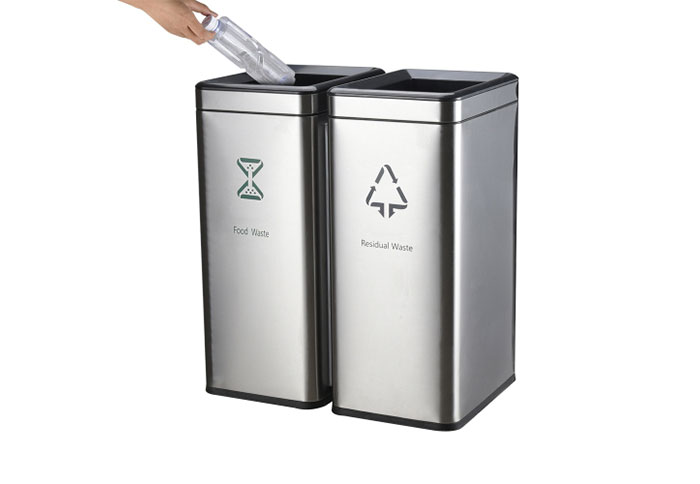The Evolution of the Step Bin: From Basic to Smart Waste Management
The Evolution of the Step Bin: From Basic to Smart Waste Management
Over the years, the step bin has come a long way, evolving from a basic waste receptacle to a smart waste management solution. This remarkable transformation has been driven by advancements in technology, changing consumer needs, and a growing focus on hygiene and sustainability.
Early versions of the step bin were relatively simple, consisting of a bin mounted underneath a kitchen cabinet or countertop, with a foot-operated lever to open the lid. These bins were primarily designed for convenience, eliminating the need to bend over or reach for the bin. However, they were limited in functionality and lacked advanced features.

As technology progressed and consumer needs evolved, the step bin began to undergo significant changes. Modern step bins now come with a range of innovative features that make waste management more efficient and hygienic.
One of the most significant advancements in step bin technology is the introduction of smart sensors and automation. These bins can now detect when the lid is opened or closed, automatically sealing the bin to prevent odor leaks and keeping pests at bay. Some models even come with built-in compactors that reduce waste volume, allowing for more efficient storage and disposal.
Another key innovation is the integration of waste separation features. Modern step bins often have compartments for different types of waste, such as organic matter, recyclables, and other trash. This separation not only makes waste disposal more organized but also promotes recycling and composting, diverting valuable resources from landfills.
The evolution of the step bin has also been influenced by the growing focus on sustainability and environmental protection. Manufacturers are now producing bins made from recyclable materials, reducing the environmental impact of waste management. Additionally, step bins are being designed to integrate with smart home systems, allowing users to monitor and manage their waste remotely, further enhancing efficiency and convenience.
In conclusion, the evolution of the step bin from a basic waste receptacle to a smart waste management solution represents a remarkable transformation. This evolution has been driven by advancements in technology, changing consumer needs, and a growing focus on hygiene, sustainability, and environmental protection. As we continue to innovate and adopt smart waste management practices, the step bin will continue to play a crucial role in our homes and beyond.
